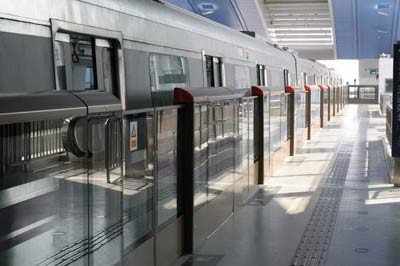Zach6668
Active Member
why not leave 2. I mean TTC is safer when getting off a subway as you know there will be someone there when you come up the stairs. I can only imagine people hanging around when they know no TTC person is there. The money saved is peanuts
Maybe I'm mis-reading, but there will still be a station attendant. This has nothing to do with OPTO.






